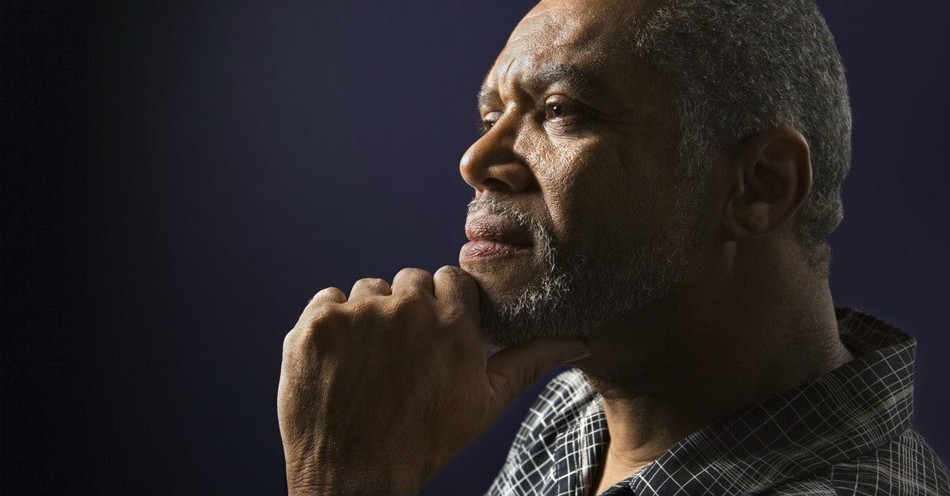Angels are not male or female in the way that humans understand and experience gender. But whenever angels are mentioned in the Bible, the word translated “angel” is always used in the masculine form. Also, when angels appeared to people in the Bible, they were always seen as men. And when they were given names, the names were always masculine.
The Hebrew and Greek word for angel is always male.
The Greek word angelos and the Hebrew word מֲלְאָךְ (malak) are both masculine nouns translated “angel,” meaning a messenger from God (Strong’s 32 and 4397).
-
“Praise the LORD, you his angels [malak], you mighty ones who do his bidding, who obey his word.” (Psalm 103:20)
- “Then I looked and heard the voice of many angels [angelos], numbering thousands upon thousands, and ten thousand times ten thousand. They encircled the throne and the living creatures and the elders. In a loud voice they were saying: ‘Worthy is the Lamb, who was slain, to receive power and wealth and wisdom and strength and honor and glory and praise!’” (Revelation 5:11-12)
When angels appeared to people in the Bible, they were always seen as men.
-
Two angels appeared as men when they ate at Lot’s house in Sodom in Genesis 19:1-22 and sent him and his family away before destroying the city.
-
“The angel of the LORD” told Samson’s mother she would have a son. She described the angel to her husband as “a man of God” in Judges 13.
- An “angel of the Lord” appeared as a man described as “like lighting, and his clothes were white as snow” (Matthew 28:3). This angel rolled back stone in front of Jesus’ tomb in Matthew 28.
When they were given names, the names were always masculine.
The only named angels in the Bible are Gabriel and Michael.
-
Michael was mentioned first in Daniel 10:13, then in Daniel 21, Jude 9, and Revelation 12:7-8.
- Gabriel was mentioned in Daniel 8:12, Daniel 9:21 in the Old Testament. In the New Testament, Gabriel announced John the Baptist’s birth to Zechariah in Luke 1, then Jesus’ birth to Mary later in Luke 1.
Two Women with Wings in Zechariah
Some read the prophecy in Zechariah 5:5-11 and interpret the two women with wings as female angels.
“Then the angel who was speaking to me came forward and said to me, ‘Look up and see what is appearing.’ I asked, ‘What is it?’ He replied, ‘It is a basket.’ And he added, ‘This is the iniquity of the people throughout the land.’ Then the cover of lead was raised, and there in the basket sat a woman! He said, ‘This is wickedness,’ and he pushed her back into the basket and pushed its lead cover down on it. Then I looked up—and there before me were two women, with the wind in their wings! They had wings like those of a stork, and they lifted up the basket between heaven and earth. ‘Where are they taking the basket?’ I asked the angel who was speaking to me. He replied, ‘To the country of Babylonia to build a house for it. When the house is ready, the basket will be set there in its place” (Zechariah 5:5-11).
The angel talking with the prophet Zechariah is described with the masculine word malak and masculine pronouns. However, confusion arises when, in the prophecy, two women with wings fly away with the basket of wickedness. The women are described with wings of a stork (an unclean bird), but not called angels. As this is a prophecy full of imagery, readers are not required to take the metaphors literally. This prophecy conveys imagery of Israel’s unrepentant sin and its consequences.
As the Cambridge commentary puts it, “No meaning need be sought for the details of this verse. They merely convey the fact, clothed in imagery in keeping with the vision, that wickedness was borne swiftly from the land.”
Why are Angels Often Depicted as Females in Art and Culture?
A Christianity Today article links female depictions of angels with ancient pagan traditions that may have been integrated into Christian thought and art.
“Many pagan religions featured winged servants of the gods (such as Hermes), and some of these were distinctly female. Some pagan goddesses had wings, too, and behaved somewhat like angels: making sudden appearances, delivering messages, fighting battles, wielding swords.”
Outside of Christianity and Judaism, pagans worshipped idols with wings and other attributes associate with biblical angels, such as the Greek goddess, Nike, who is portrayed with angel-like wings and is considered the messenger of victory.
While angels are not male or female in human terms and popular cultures artistically expresses them as female, the Bible consistently identifies angels in masculine terms.
Sources:
- Biblehub.com, Interlinear Bible.
- Britannica.com, Nike: Greek Goddess, The Editors of Encyclopedia Britannica.
- Catholic.org, Angels with Names, the editors.
- ChristianityToday.com, “Why are there female angels in art?,” The Editors, 2008.
- Zondervanacademic.com, “Angels in the Bible: What Do We Actually Know About Them?” Wayne Grudem, 2017.
Photo Credit: Thinkstock



